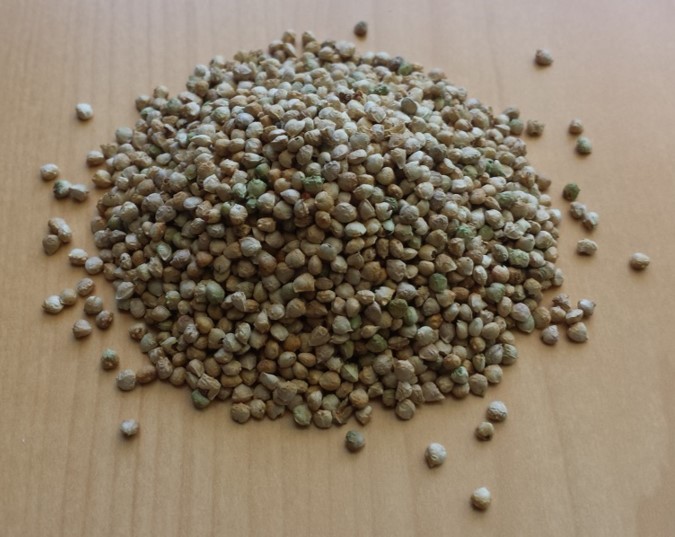A framework for optimizing phytosanitary thresholds in seed systems

Abstract
Seedborne pathogens and pests limit production in many agricultural systems. Quarantine programs help reduce the introduction of exotic pathogens into a country, but few regulations directly apply to reducing the re-introduction and spread of endemic pathogens. Use of phytosanitary thresholds helps limit the movement of pathogen inoculum through seed, but the costs associated with rejected seed lots can be prohibitive for voluntary implementation of phytosanitary thresholds. In this paper, we outline a framework to optimize thresholds for seedborne pathogens, balancing the cost of rejected seed lots and benefit of reduced inoculum levels. The method requires relatively small amounts of data, and the accuracy and robustness of the analysis improves over time as data accumulate from seed testing. We demonstrate the method first and illustrate it with a case study of seedborne oospores of Peronospora effusa, the causal agent of spinach downy mildew. A seed lot threshold of 0.23 oospores per seed could reduce the overall number of oospores entering the production system by 90% while removing 8% of seed lots destined for distribution. Alternative mitigation strategies may result in lower economic losses to seed producers, but have uncertain efficacy. Future challenges and prospects for implementing the approach are discussed.